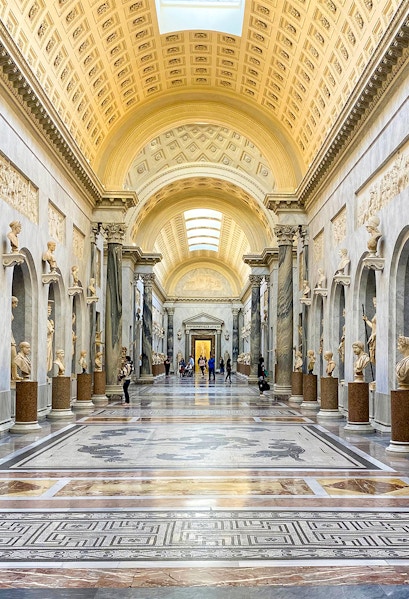Originally a temporary exhibition, the Leonardo da Vinci Museum is now permanently housed adjacent to the church on the bustling Piazza del Popolo. With over 120 pieces in its collection, the museum showcases life-size machines built from Leonardo’s codices, as well as anatomical studies and sketches of his most famous Renaissance artworks, including The Last Supper, Vitruvian Man, and the Sforza equestrian sculpture. Explore, touch, and try out these remarkable creations, immersing yourself in the genius of one of history’s most renowned artists and inventors.














